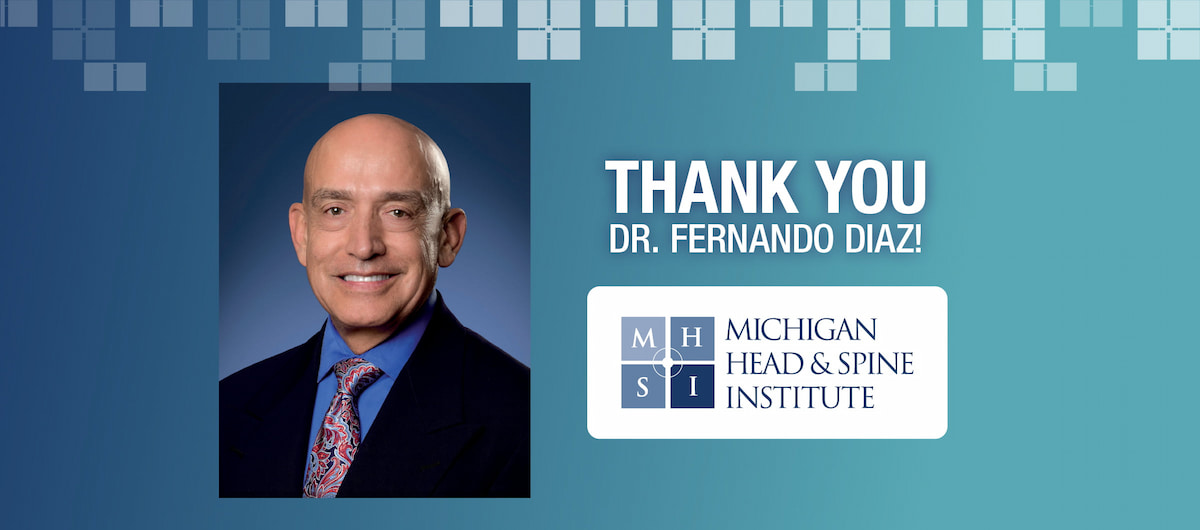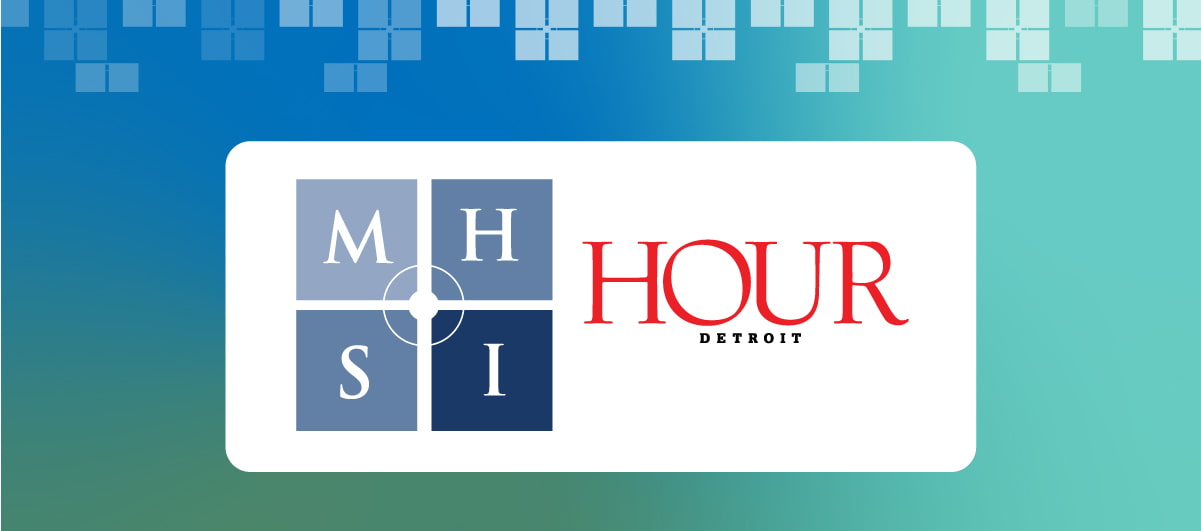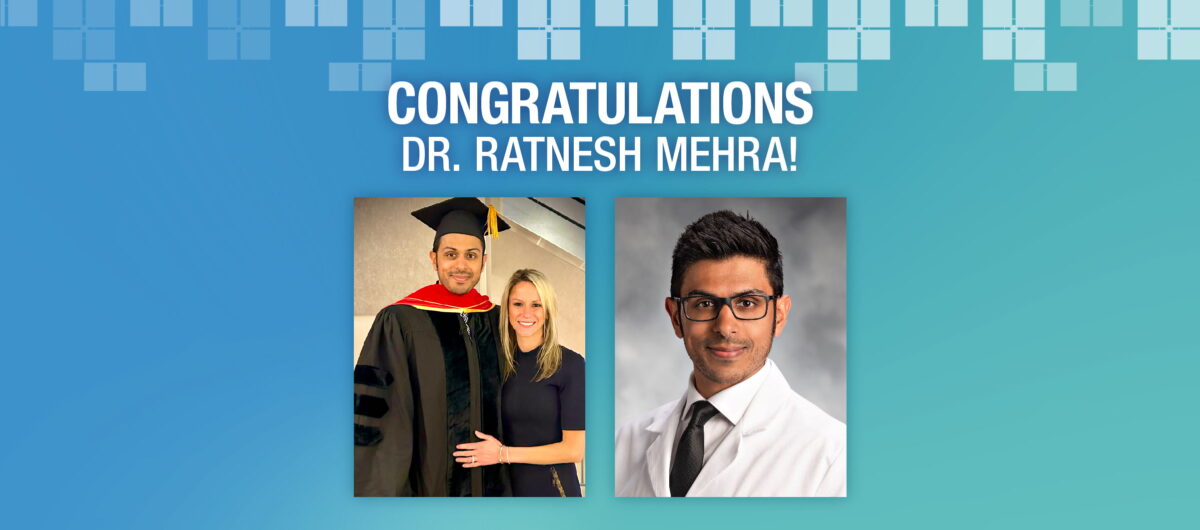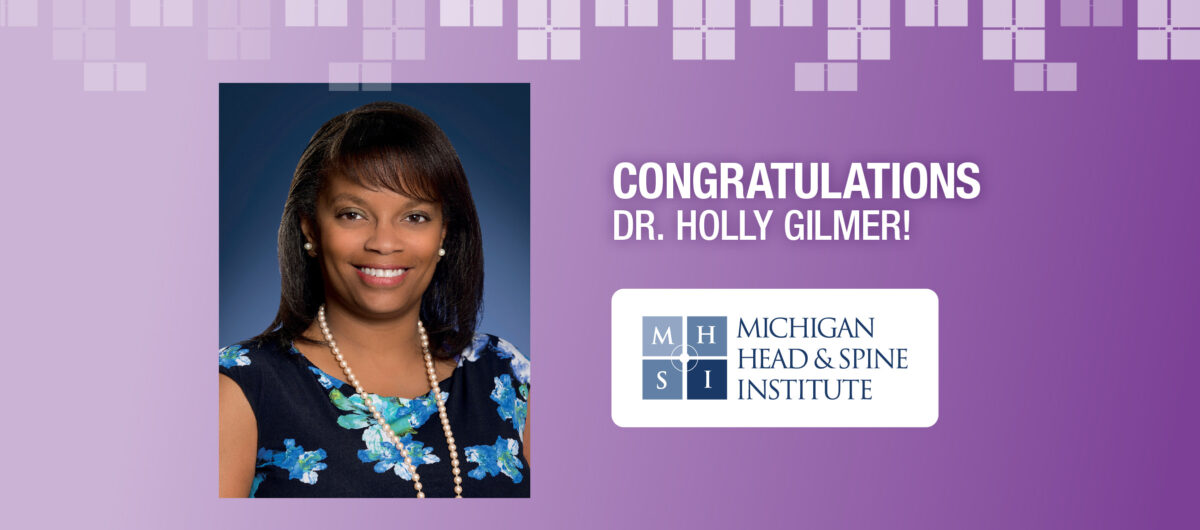We would like to formally announce the retirement of Dr. Fernando Diaz.
For almost 50 years, Dr. Diaz was a southeastern Michigan-based neurosurgeon and a shareholder of Michigan Head and Spine Institute, but an admiring review of his history shows just how much more he has accomplished over the course of his illustrious career. In addition to his medical training earning him the title of neurosurgeon, Dr. Diaz also received a Master’s of Arts degree, a Doctorate in the Philosophy of Neurosurgery, a Master’s of Science Administration degree, was accredited as a Certified Physician Executive, and rounded out his education with a Juris Doctorate law degree. An educational trajectory of this magnitude only solidified Dr. Diaz’s commitment to continuing education, both of himself, but also that of his colleagues and trainees lucky enough to learn from him. On top of his service to the medical community, Dr. Diaz also served as a flight surgeon in the United States Air Force.
As a career neurosurgeon, Dr. Diaz engrained his focus in the advancement of neurosurgery and all it encompassed proven through his countless scientific activities, nationally and internationally-funded grant research, and a professional longevity in training residents and fellows in the varying techniques and developments in the field of neurosurgery and neuroscience.
Dr. Diaz served as Chair of Neurosurgery at Wayne State University for years, overseeing the training of dozens of residents and fellows. Additionally, he served as Chief Medical Officer at the Detroit Medical Center before becoming Chair of Neurosurgery at the former William Beaumont Hospital in Royal Oak. He was also the inaugural Chair of Neurosurgery at Oakland University School of Medicine. Nationally, he was Chair of the Council of State Neurosurgical Societies and, in that role, established the national NERVES organization for Neurosurgery administrators.
In his most recent years, Dr. Diaz was the founding brainchild behind the Neuroscience Center on the Royal Oak campus of Corewell Health, the culmination of several years of building a Neuroscience service from the ground up. During his leadership, the Neuroscience program earned national accolades and ranked in the top 50 programs in the country for seven consecutive years and the top program in the state of Michigan in 2023 and 2024 further marking just how impactful a leader and scientist he is.
Dr. Diaz pioneered numerous programs that advanced neuroscience in metro Detroit and across the nation. But more importantly, he shared his knowledge and mission with all those he encountered that will help patients for years to come, solidifying his legacy as a true innovator.
The MHSI family has become what we are due in large part to Dr. Diaz’s influence and guidance, and we will forever be grateful for the impact he had on our company, our future, and our colleagues.









